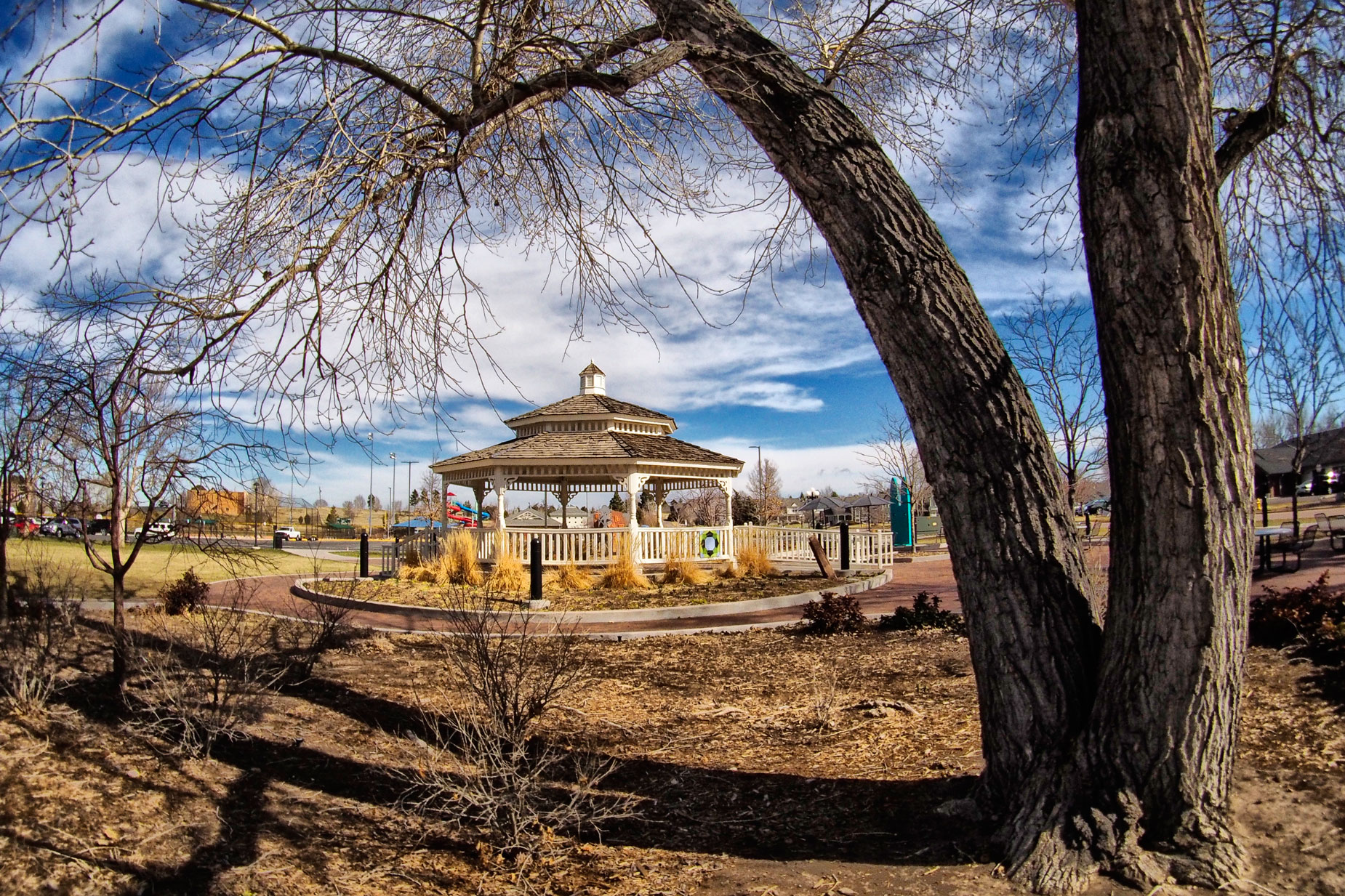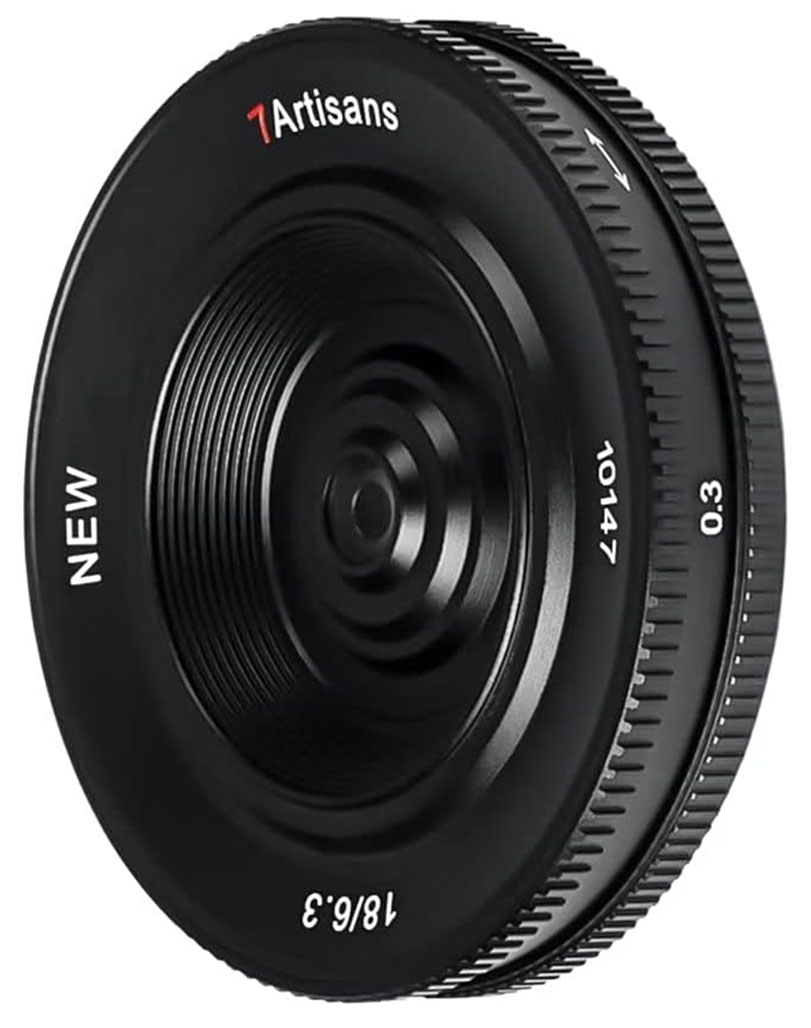Recently my pal Barry Staver and I started a new podcast; you can catch the first episode here. In the second segment that we call “show n’tell,” I talked about my experiences with so-called “cookie” lenses. The feedback that Barry and I received was that this part pf the podcast “confused” one of the viewers. Here’s a quick overview of pancake lenses for him or anyone else who might want to learn more about this unusual subset of lenses.
Today’s Post by Joe Farace
“I’ll eat a pancake from time to time but I’m more of a waffle man”—me
A pancake lens is a everyday term for a flat, thin camera lens—Wikipedia
To me, the real joy of using an interchangeable lens camera is, well, being able to change the lenses. Some classes of lenses tend to be used for a specific application, such as the use of long focal length, fast aperture lenses for photographing birds and wildlife. Then there; the use of medium focal length lenses that focus really close for macro photography of flowers or butterflies. Pancake lenses, on the other hand, are a special case of their very own. Sometime they’re used just for fun or when they’re combined with a really compact camera, you can slip the combination into a pocket.
My first encounter with a pancake lens was back in the 1970s when I purchased a Nikkor 45mm f/2.8 GN lens that was 1.2-inches (31mm) thick including lens mount. The GN designation stood for “Guide Number” and this lens was specifically designed for flash photography. You locked in your flash’s guide number on the side of the lens and as you focused the aperture automatically changed to match flash output at a given distance. I guess it worked but I never used the lens much and sold it. If you’re interested in learning more about this unique lens, someone at Nikon wrote a detailed, scholarly look at the 45mm f/2.8 GN lens and you can read it here.

How I Made this Photograph: I photographed one of my favorite subjects, the gazebo in O’Brien Park in Downtown, Parker, Colorado using an Olympus E-M10 Mark I and Olympus’s 9mm f/8 Fisheye Body Cap lens. This image is a sharp as you could want from an 18mm equivalent lens that costs $100. The Av exposure was 1/3200 sec at f/8 and ISO 800, although I wonder with that shutter speed if the indicated aperture may actually be somewhat underrated. This image is pretty much SOOC, although it’s cropped in-camera using s 3:2 aspect ratio.
It’s Not a Waffle
The focal length of most pancake lenses usually provide a “normal” or wider angle-of-view and have a barrel length that’s shorter than their diameter because they sacrifice optical correction for compactness. That’s why pancake-style prime lenses are simpler to manufacture and can be less expensive to purchase. Unlike a Japanese Kei car, there is no standards as to size and weight that defines what a pancake lens should be. Most of them are lightweight and no more than an inch (a few centimeters) in length.
 The pancake lens design has seen a resurgence. I think, because of the growth in popularity of mirrorless interchangeable lens cameras where you could slap just about any kind of lens on a camera and make photographs. Hence the advent and perhaps narrow appeal of the Cookie lenses I wrote about in this post. All of a sudden different versions of these lenses in many mount options are all over social media and priced higher than I talked about in the referenced post. Let me be clear about this: The purpose of the cookie lens, much like the Holga, with which it shares some optical similarities, is fun. (Look for a post about shooting with a Holga tomorrow!) If you didn’t already know, that’s the motto of this blog—Have Fun with Your Photography!
The pancake lens design has seen a resurgence. I think, because of the growth in popularity of mirrorless interchangeable lens cameras where you could slap just about any kind of lens on a camera and make photographs. Hence the advent and perhaps narrow appeal of the Cookie lenses I wrote about in this post. All of a sudden different versions of these lenses in many mount options are all over social media and priced higher than I talked about in the referenced post. Let me be clear about this: The purpose of the cookie lens, much like the Holga, with which it shares some optical similarities, is fun. (Look for a post about shooting with a Holga tomorrow!) If you didn’t already know, that’s the motto of this blog—Have Fun with Your Photography!
The Body Cap lens is another subset of pancake lenses. A classic case is the Olympus 15mm f/8 Body Cap lens that someone, whose opinion I respect, once told me, “That lens is truly worthless.” My own experience in shooting this lens is that the results are more than acceptable. DxO, who I consider to be the Rotten Tomatoes site when it come to rating photography gear, gave it a “poor” rating. I don’t agree with Rotten Tomatoes about movies, so why should I agree with DxO about lenses. As Groucho Marx once said, “Who are you going to believe? Me or your own eyes.” I’m sticking with my own eyes.
If you think these body cap lenses are a novelty, let me point to the now-OM System branded 9mm f/8 Fisheye Body Cap lens. The lens is pretty impressive for a hundred bucks and where can you get a 140 degree angle-of-view for less money? Lest you think I’m too focused on the Micro Four-thirds system, many other companies are making pancake lenses and for other lens mounts. 7artisans offers their 18mm f/6.3 Mark II (APS-C) lens, often nicknamed “UFO” for Micro Four-thirds, Fujifilm X, Sony E-mount and Nikon Z. While I expect that no would-be Yousuf Karsh would be interested in using a pancake lens, ya’ never know.
So what’s it all about, Alfie? As I said in the first paragraph: “The joy of using an interchangeable lens camera is, well, being able to change the lenses.”